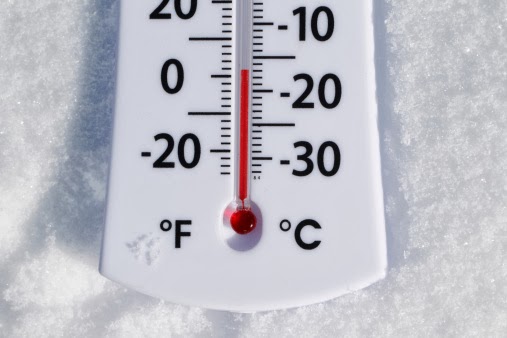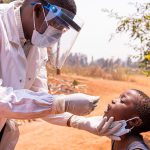With temperatures expected to reach historic lows this week, the risks of frostbite and hypothermia increase significantly for those who need to be outside for more than a few minutes.
Hypothermia occurs when your normal body temperature of 98.6 degrees begins to fall and can become critical when the body’s core temperature drops below 90 degrees. The condition can become deadly within a short time.
“When a person is outside in frigid weather without the proper precautions, the body begins to shiver, and the heart tries to compensate by beating faster in order to provide warmth and increase blood flow to keep the organs warm. This is what happens with hypothermia,” said Jon Rittenberger, M.D., attending emergency physician at UPMC Presbyterian.
Frostbite occurs when the skin tissue literally freezes. With zero degree temperatures and wind chill making it feel even colder, frostbite can begin quickly.
“Fingers, toes, ear lobes and the tip of the nose are the areas most susceptible to frostbite,” Rittenberger said. “It starts with a loss of feeling and color in the affected areas. At the first sign of redness or pain, it is time to get out of the cold.”
Patients suffering from mild hypothermia are given warm intravenous fluids, blankets – which may include a warm air blanket – and have to spend a night in the hospital. More severe hypothermia is often accompanied by low blood pressure or cardiac arrest and is treated with cardiopulmonary bypass.
Frostbite can be treated with gentle rewarming and pain medication. In extreme cases, frostbite can cause gangrene, when body tissue dies. These cases are rare, but can result in amputation, Dr. Rittenberger said.
The best way to stay safe from the extreme cold is to stay inside. But if you have to be outside, Dr. Rittenberger suggests dressing in layers and minimizing exposed skin.
“The clothing insulates the body by trapping air between the layers. The top layer should also be wind-resistant to help cut down on the wind chill. Most importantly, pay attention to your body. Shivering is an early warning sign and should not be ignored. Get inside, stay dry and get warm,” he said. “Most importantly, if you don’t need to be outside, stay in and stay warm.”









